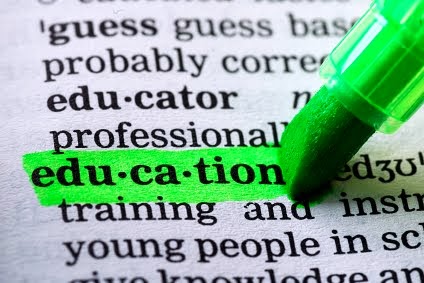Learning Outcome: Sophomore High School History
students will remember all the dates that every American war (on American soil)
started and show the ability either on paper or verbally express the reasons
each of them started.
Assessment
Strategy: Students are to memorize by
analyzing a list of American War dates and their respective reasons for
beginning.
Assessment
Content:
·
By the end of this History Unit, students
will be able to identify the year that each American War (took place on
American soil) began.
·
By the end of this History unit, students
will be able to explain what conflict or reason led to the start of each of
these wars.
·
By the end of this History Unit students
should be able to engage in a classroom discussion and answer questions from
their peers about the History unit we studied.
·
By the end of this History unit, students should
be able to identify their own position on the political reasons that each of
these wars began or at the very least express whether or not they agree or disagree
with the reasoning and explain why.
·
By the end of this History unit, students
should be able to work cooperatively in a small group environment.
I will use a combination of assessments to
include, multiple choice to assess the memory retained of the years that each
American War (on American Soil) began. I will also present essay questions so that the
students may explain (in a minimum of a paragraph) why a specific American War
began. I will also ask for each student's opinion as to whether or not they
agree with the reason for each war and to explain their stance. However, I will
also offer a one-on-one performance assessment and a classroom open forum
discussion assessment so that I may determine if some students are better able
to express their reasoning and opinions verbally rather than in written form. I added the latter assessments
after taking this course and realizing the importance of different learning and
expressive abilities.
Holistic Rubric: (for both essay questions and verbal
answers): I chose to use the same rubric for the written assessment as well as
the verbal assessment as I will be asking the same questions in both. However,
the rubric will include a portion for mechanical and/or misspelling errors for
the written portion.
- Above Average: The audience demonstrates, either verbally
or in written form the ability to easily identify the focus of the work
and is engaged by its clear focus and relevant details. Information is
presented logically and naturally. There is no disconnection due to mechanical
errors and/or misspellings (for the written assessment).
- Satisfactory: The audience is easily able to identify, either
verbally or in written form, the focus of the student work which is
supported by relevant ideas and supporting details. Information is
presented in a logical manner that is easily followed. There is minimal
disconnection to the work due to misspellings and/or mechanical errors (for
the written assessment).
- Progressive: The audience can identify, either verbally
or in written form, the central purpose of the student work without little
difficulty and supporting ideas are present and clear. The information is
presented in an orderly fashion that can be followed with little
difficulty. There are some misspellings and/or mechanical errors, but they
do not seriously distract from the work (for the written assessment).
- Needs Improvement: The audience cannot clearly or
easily identify or understand either in written form or verbally, the
central ideas or purpose of the student explanations. Information is
presented in a disorganized fashion causing the audience to have difficulty
following the student's ideas. There are many misspellings and/or
mechanical errors that negatively affect the audience's ability to read
the work (for the written assessment).
Essay
test questions:
Question's 1-6. In a minimum of a
paragraph each, briefly explain why each of the following American wars took
place. The American Revolutionary War, The War of 1812, The Spanish American
War, The Mexican American War, The Civil War & The beginning of WWII (Pearl
Harbor attack).
Verbal
test questions:
Question's 1-6. Spend 2-5 minutes
briefly explaining why each of the following American wars began. The American
Revolutionary War, The War of 1812, The Spanish American War, The Mexican
American War, The Civil War & The beginning of WWII (Pearl Harbor attack).
The American Revolutionary War, The
War of 1812, The Spanish American War, The Mexican American War, The Civil War
& The beginning of WWII (Pearl Harbor attack).
The American Revolutionary War, The
War of 1812, The Spanish American War, The Mexican American War, The Civil War
& The beginning of WWII (Pearl Harbor attack).
Assessment
Constraints:
·
The Essay and Verbal portion of this
assessment will cover only the specific History Unit that includes the explanations
of why each American War began.
·
The Essay portion of this assessment will allow 20 minutes for each of the 6 questions,
allowing a total of 2 hours for the entire essay test.
·
The verbal portion of this assessment will allow 2-5 minutes for each of the 6 questions,
allowing a total of 30 minutes for the entire verbal test.
·
The Essay and Verbal portion of this
assessment will be taken following a brief review of all the material and a complete
explanation of the assessment expectations and an opportunity for each student
to ask any questions prior to the start of the assessment.
·
A bathroom break will be given prior to the
start of the essay and verbal test and will not be allowed once test has begun.
·
No talking will be allowed once the test has
begun for the essay portion.
·
During the essay portion of the assessment no
electronic devices or books or notes will be allowed during the test and only 2
pencils will be allowed on each desk.



